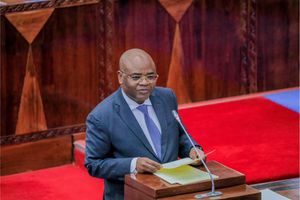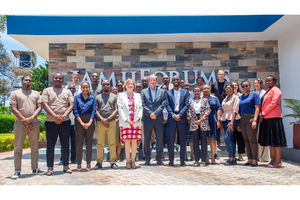EDITORIAL: Yes, Kenyatta’s views on EAC are pertinent

Kenyan President Uhuru Kenyatta
What you need to know:
Recent sentiments by Kenyan President Uhuru Kenyatta are thus most refreshing.
Like other inter-state blocs, the East African Community (EAC) is not spared of the challenges of attaining unity in diversity. The original EAC constituting Kenya, Uganda and Tanzania collapsed in 1977 after a ten-year span that was for most part characterised by frictions. It was revived in July 2000, and subsequently expanded by taking Rwanda and Burundi on board.
In their wisdom, the bloc’s Heads of State who comprise the Summit, have strived to keep it afloat and avoid the embarrassment of EAC limping at best, and, at worst, collapsing again.
Recent sentiments by Kenyan President Uhuru Kenyatta are thus most refreshing. Addressing members of the East African Legislative Assembly (Eala) in Nairobi on Wednesday, he said his government fully supported proposals for major reforms in the bloc as well as its organs and institutions.
These include making the assenting of bills speedier. Currently, bills are subject to separate debates and endorsements (or rejection) by the legislatures of the member states.
It is a cumbersome, time-consuming, and even risky process, in the event of consensus being elusive. It would suffice for Eala blessings to be final. After all, the House comprises members drawn from, and serving the interests, primarily, of the separate countries, and ultimately, of the bloc. It is only rational that the duplication and foot-dragging be eradicated.
It is pertinent, too, to heed President Kenyatta’s call for earnestly tackling drawbacks to the integration process, which include restricted movements of people, goods and services.
We believe that his sentiments are shared by his counterparts in the Summit, who have huge stakes, on behalf of their respective citizens, in a vibrant EAC, rather than a potential symbolic showcase.
Individually and collectively, they should pump more steam into the EAC and it organs, which, in spite of some easy-to-overcome shortcomings, is an admirable model of inter-state integral engineering.




